0 avis
8 to 10 hours
Parcours journalier
1-10 personne
Anglais, Français, Italien
Experience a Memorable Tour in Jaipur: Amber Fort, Temples, Palaces, and More!
Start your day with convenience and flexibility as I personally pick you up from your hotel at the time of your choice. Get ready for an enchanting morning filled with awe-inspiring sights and hidden gems in the Pink City.
Our first destination is the magnificent Amber Fort, a true marvel founded in the 11th century. This architectural masterpiece showcases a captivating blend of yellow and pink sandstone, as well as shimmering white marble. Embark on a privately guided tour as we enter through the Sun Gate, revealing lavish courtyards, exquisitely adorned halls, and the breathtaking Chamber of Mirrors. Don’t miss the chance to visit Panna Meena stepwell, a hidden gem and one of Jaipur’s most photogenic spots. Local lore suggests that it’s impossible to ascend and descend using the same set of stairs!
Next, we’ll immerse ourselves in history at the ancient temple of Jagat Siromani Ji, a remarkable architectural gem constructed between 1599 and 1608 AD. Prepare to be mesmerized by the intricate stone work, a testament to the grandeur of this peaceful sanctuary. Often overlooked by many travelers, this hidden abode offers a majestic experience.
We will then make a stop at the Water Palace, situated gracefully in the middle of a lake. While it’s no longer accessible to the public, this ancient palace, once used for duck-hunting, provides an idyllic backdrop for capturing postcard-perfect photos.
As we drive through downtown Jaipur, we’ll visit the City Palace Museum, a harmonious fusion of Rajasthani and Mughal architecture. This iconic landmark boasts an impressive complex of buildings, courtyards, grand gateways, and temples. Keep in mind that the present royal family still resides in the Chandra Mahal, adding a touch of royal elegance to the experience.
Our journey continues to Hawa Mahal, arguably Jaipur’s most renowned landmark. Constructed in 1799, this architectural marvel allowed the royal ladies to observe street processions discreetly. With its impressive five-story facade adorned with 593 finely screened windows and balconies, the building appears much larger than it actually is. Visitors can explore the interior by entering from the back, discovering where the women sat and marveling at the intricate stonework.
Prepare to be amazed by the Jantar Mantar observatory, a remarkable collection of monumental instruments built in the 18th century. These impressive structures, the largest of their kind in India, were designed for observing astronomical positions using only the naked eye. Witnessing the architectural and instrumental innovations of this historical site is truly a unique experience.
Immerse yourself in the vibrant atmosphere of old Jaipur as we embark on a tuk-tuk ride through the bustling streets. Accompanied by your knowledgeable guide, explore the lively and colorful bazaars, and gain insight into the local markets by meeting traders and artisans. Make sure to indulge in the famous and delicious lassi at Lassiwala, a delightful treat for your taste buds.
Now, for a truly unforgettable experience, delve into the captivating world of Jaipur Hand Block Printing Art. Accompanied by expert instructors, you’ll have the opportunity to design and personalize your very own Hand Block Printing napkin. Uncover the secrets of this intricate art form passed down through generations, unleashing your creativity to create a masterpiece that is uniquely yours.
During our journey, let’s engage in an intriguing conversation where I will gladly answer all your questions about various aspects of India. Explore topics such as the significance of cows and their presence on the streets, arranged marriages, the caste system, the symbolism of Ganesha as a harbinger of good luck, Indian politics, social issues like Sati and child marriages, the education system, karma, and much more.
Discover the modern side of Jaipur, along with the hidden secrets of local spices. Uncover the vibrant spirit of the bazaars and gain insider tips on navigating these lively marketplaces.
To conclude our tour, you will be transferred back to your hotel, ensuring a seamless and comfortable end to your unforgettable Jaipur adventure.
Get ready for an extraordinary journey through Jaipur, where history, culture, and the wonders of India await you.
Plus de photos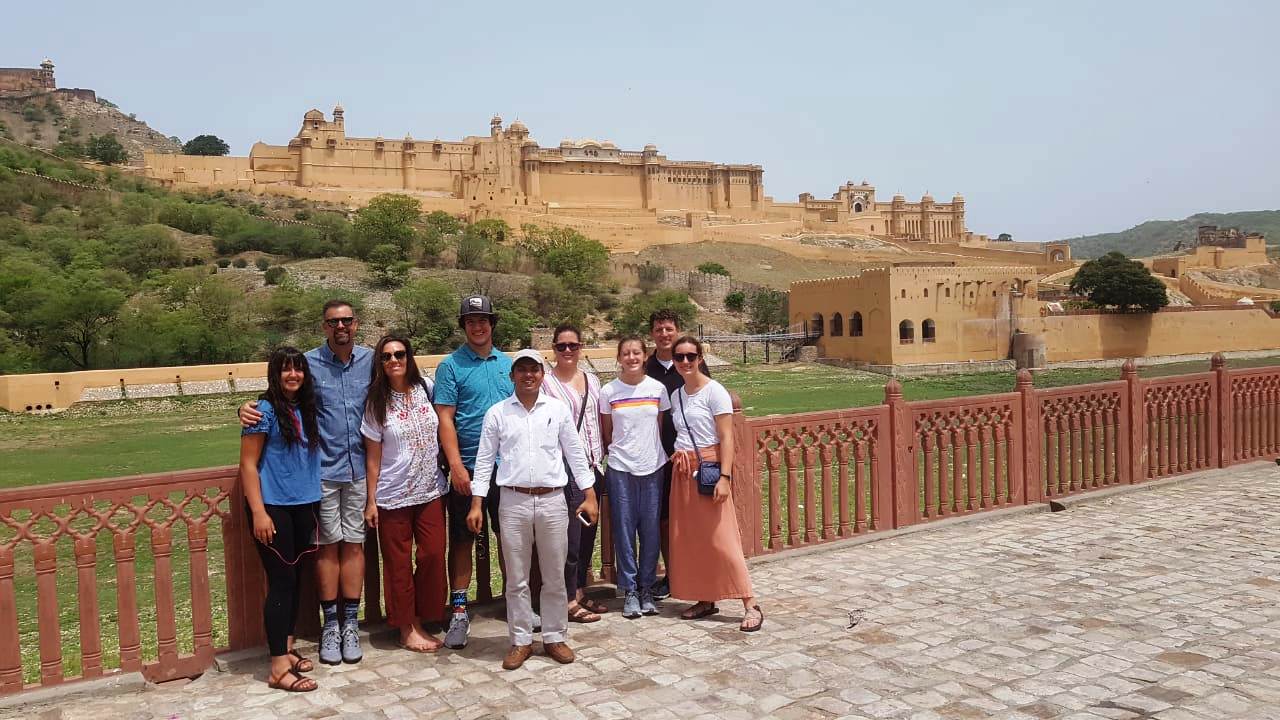
Amber Fort/Palace
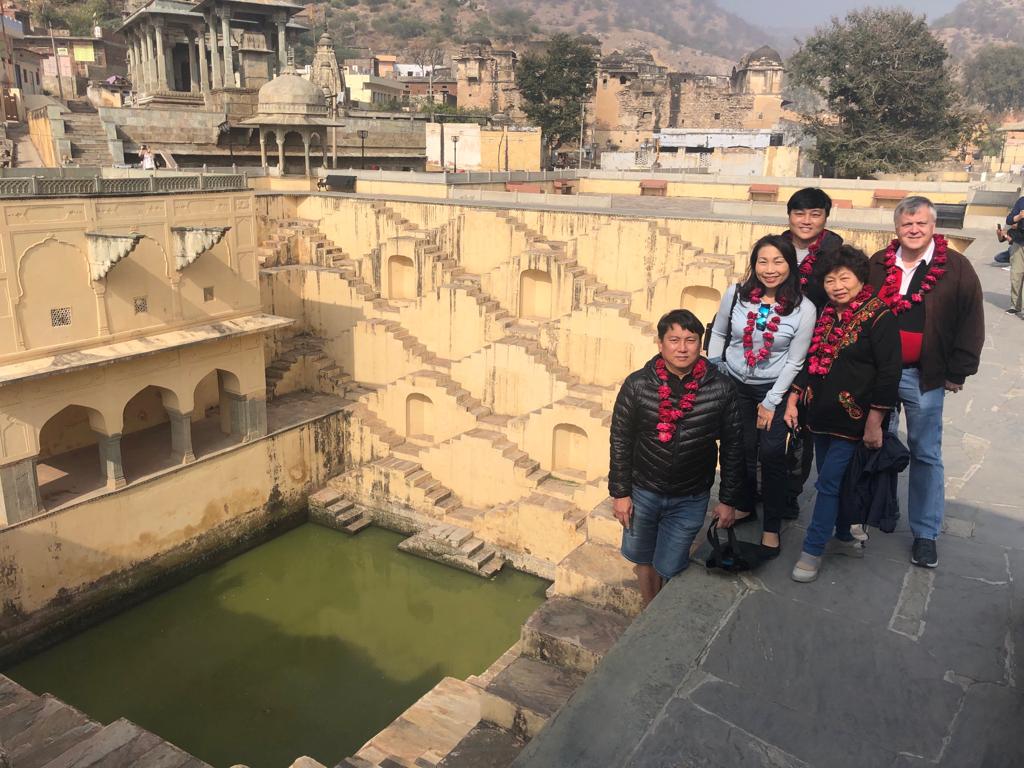
Panna Meena Stepwell
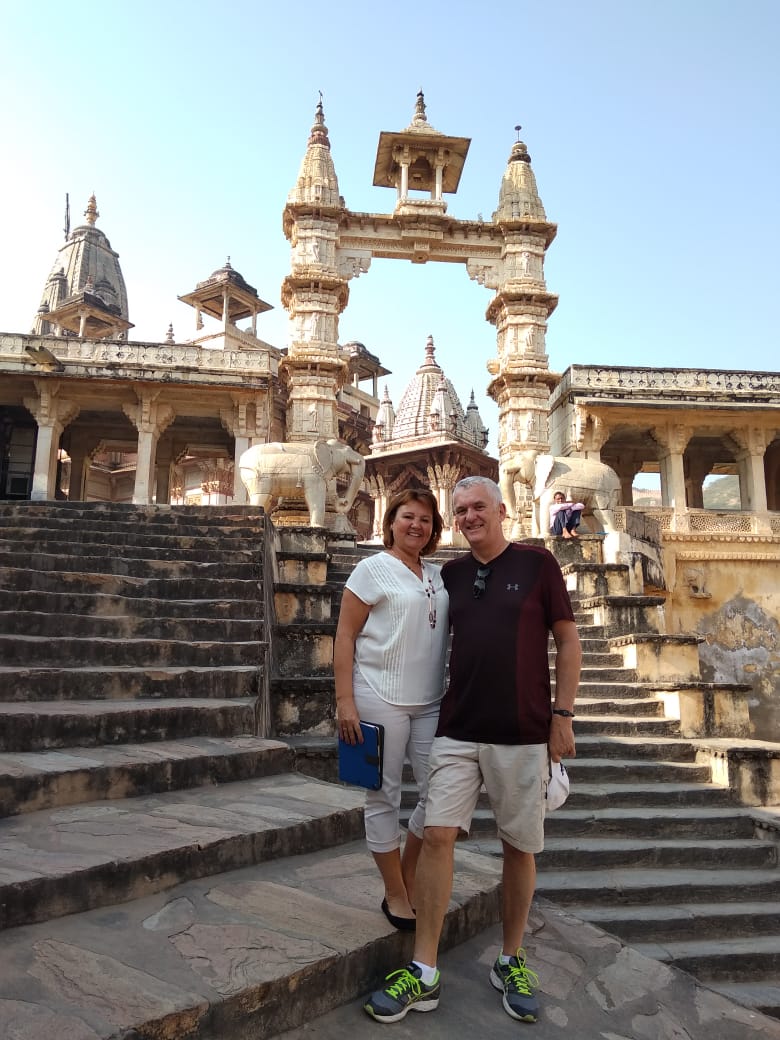
Jagat Siromani Ji Temple
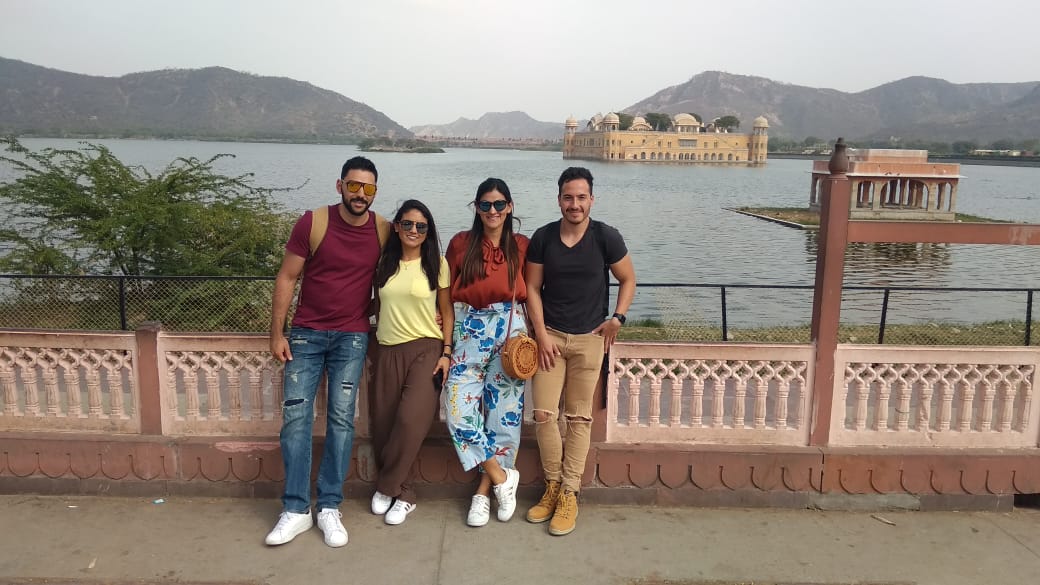
Jal Mahal ( Water Palace)
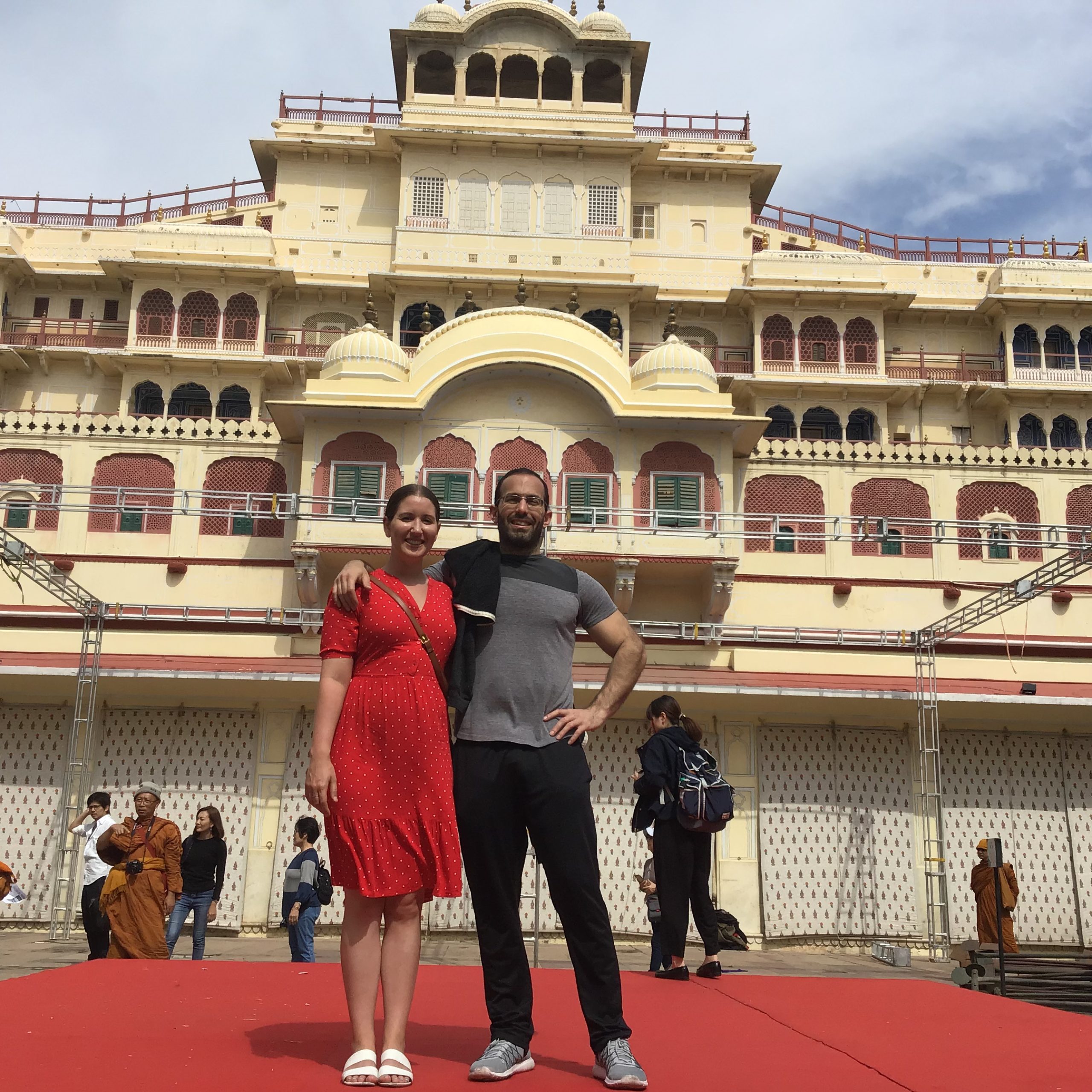
City Palace Museum
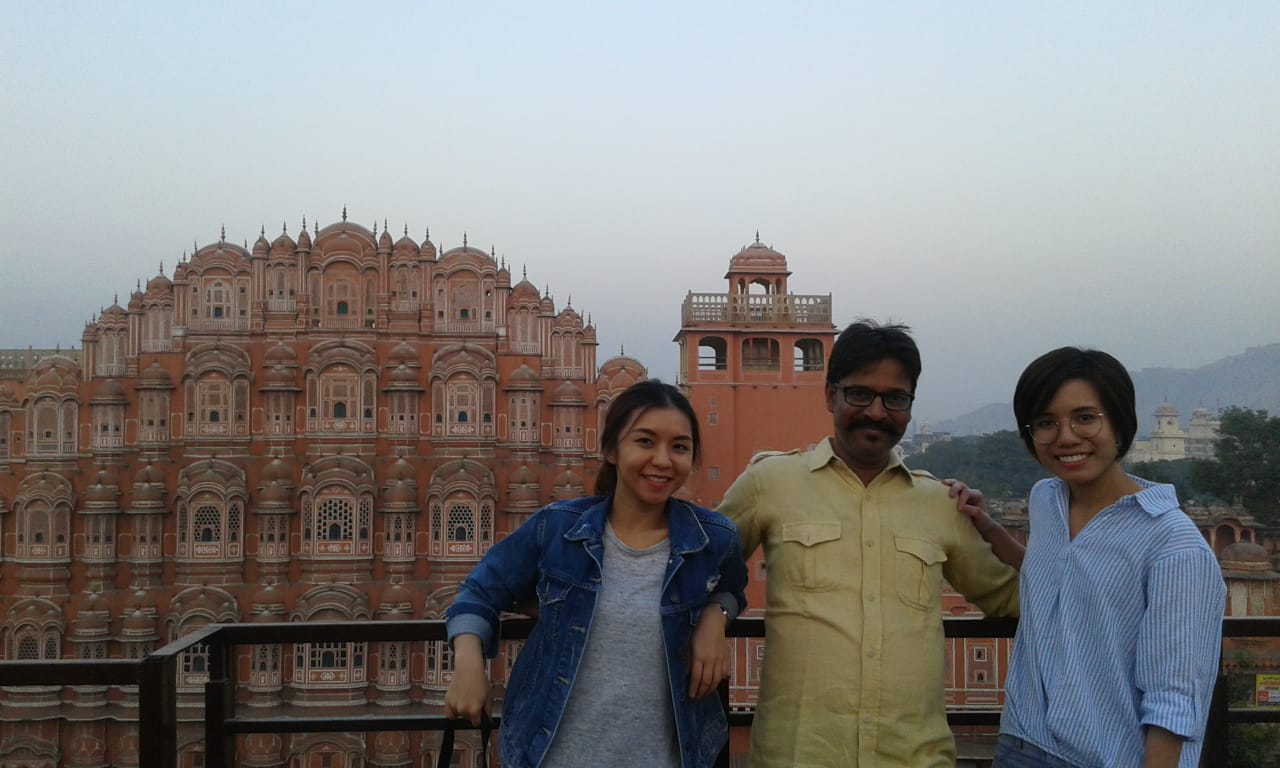
Hawa Mahal
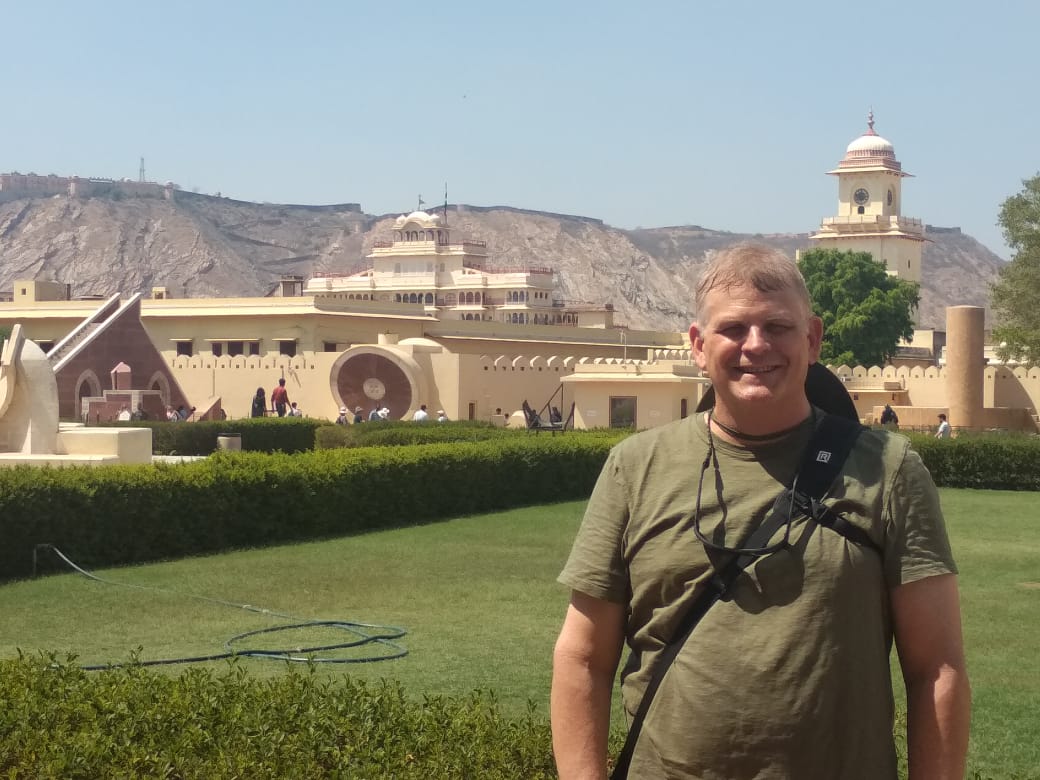
Jantar Mantar Observatory
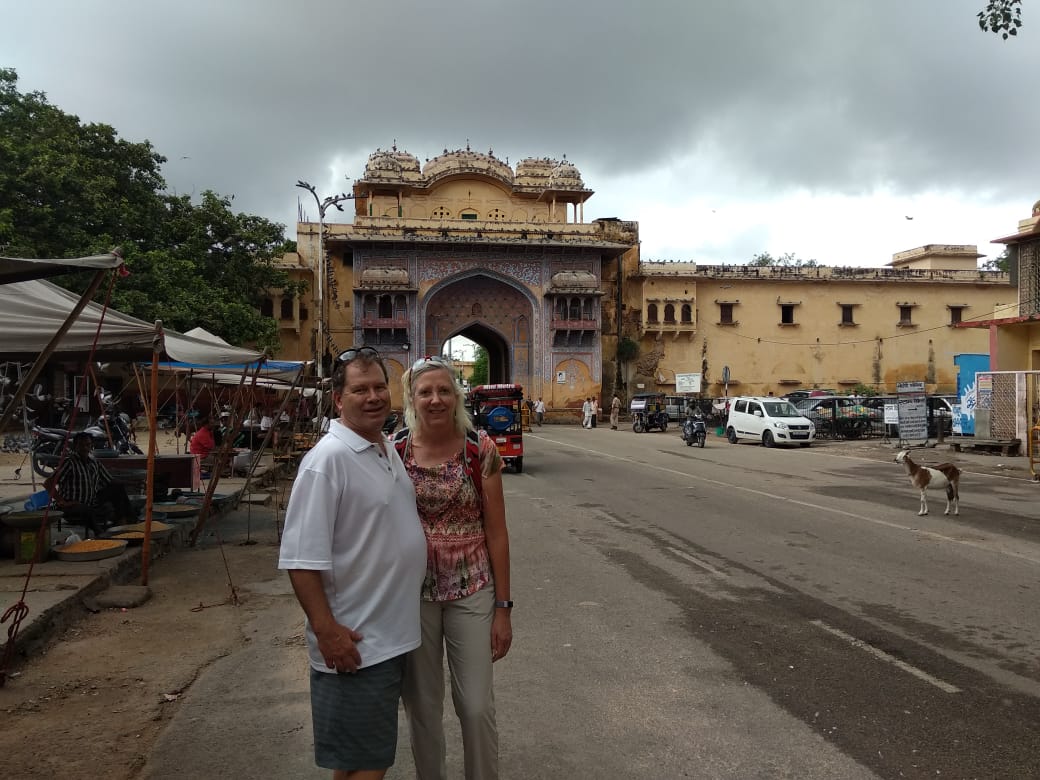
Old City Walk
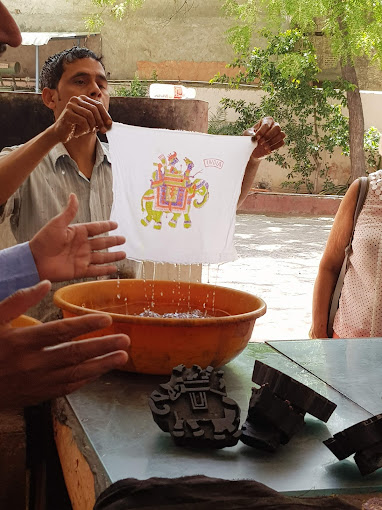
Hand Block Printing Class
Laisser un commentaire